The maintenance and upkeep of your vehicle's winch is key to ensuring its long-term stable operation. During use, regular maintenance procedures can not only extend the service life of the winch, but also improve its performance and safety. Regular cleaning of the vehicle winch is one of the basic steps in maintenance. By removing dust, mud, and other impurities from the surface and interior of your winch, you can prevent their accumulation, which can lead to increased friction and component wear. In addition, regular lubrication is key to ensuring the normal operation of the winch. Proper lubrication reduces friction between components, reduces wear and tear, and improves overall efficiency and performance.
Maintenance also includes regular inspection of the winch rope or cable. These ropes perform important traction and load tasks, so they need to be checked frequently for wear and structural integrity. If wear, breakage or other damage is found, it should be replaced or repaired in time to ensure safe and reliable traction operation. In addition, the power connection to the vehicle's winch also needs to be checked regularly. A good power connection is crucial to ensure that the winch is receiving adequate power. Any corrosion, looseness or wear may affect the efficiency of power transmission, so damaged connecting parts should be repaired or replaced promptly.
Inspection of control devices is also an integral part of the maintenance process. The control devices of the winch include switches, buttons and remote controls, etc., which directly affect the operation and safety performance of the winch. Check these devices regularly to ensure they are operating properly, and loose or damaged parts should be repaired or replaced in time to avoid accidents. In addition, regular inspection of fastening screws and nuts is also an important part of maintenance. Loose screws and nuts can cause structural instability and reduced towing capacity, so they should be checked and retightened regularly.

 ENG
ENG
 English
English русский
русский Español
Español
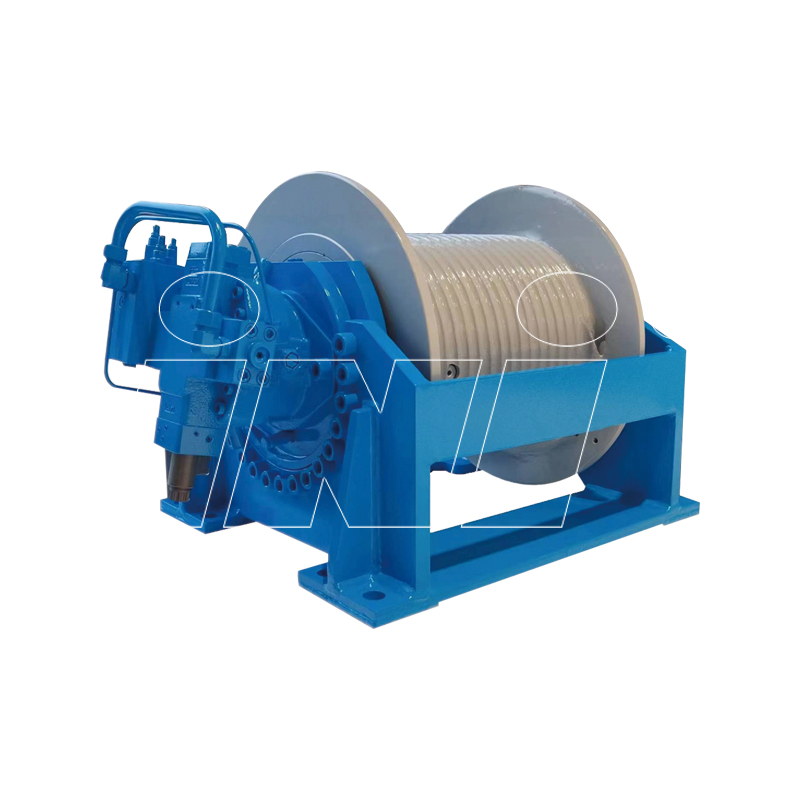
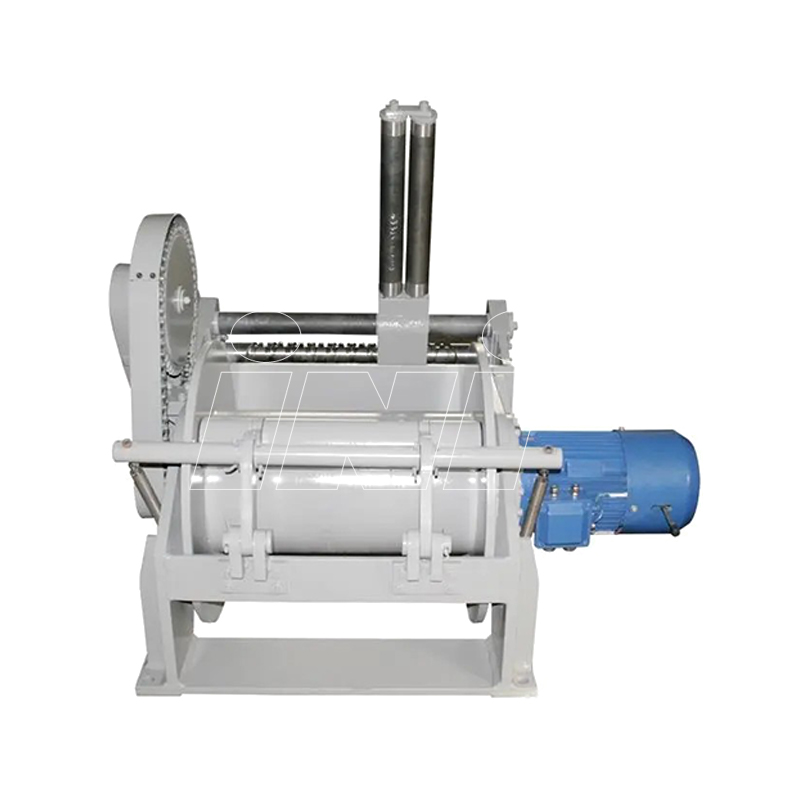
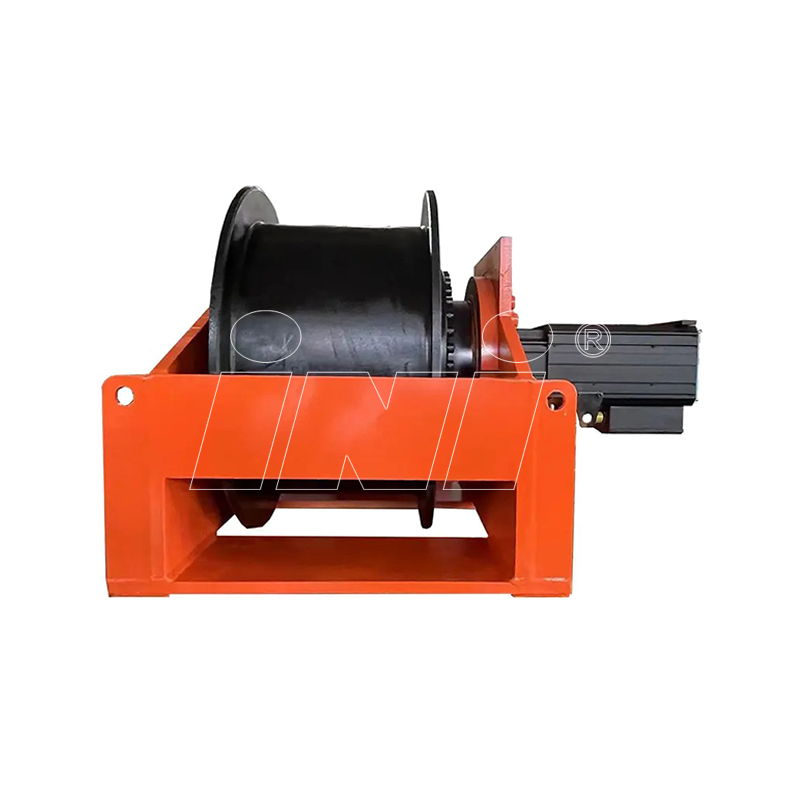

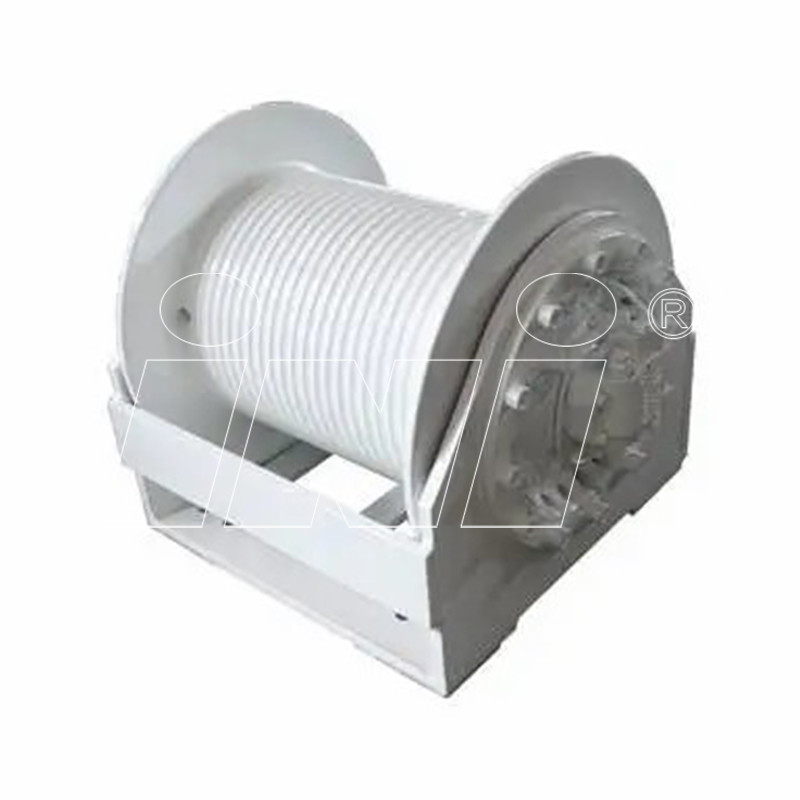
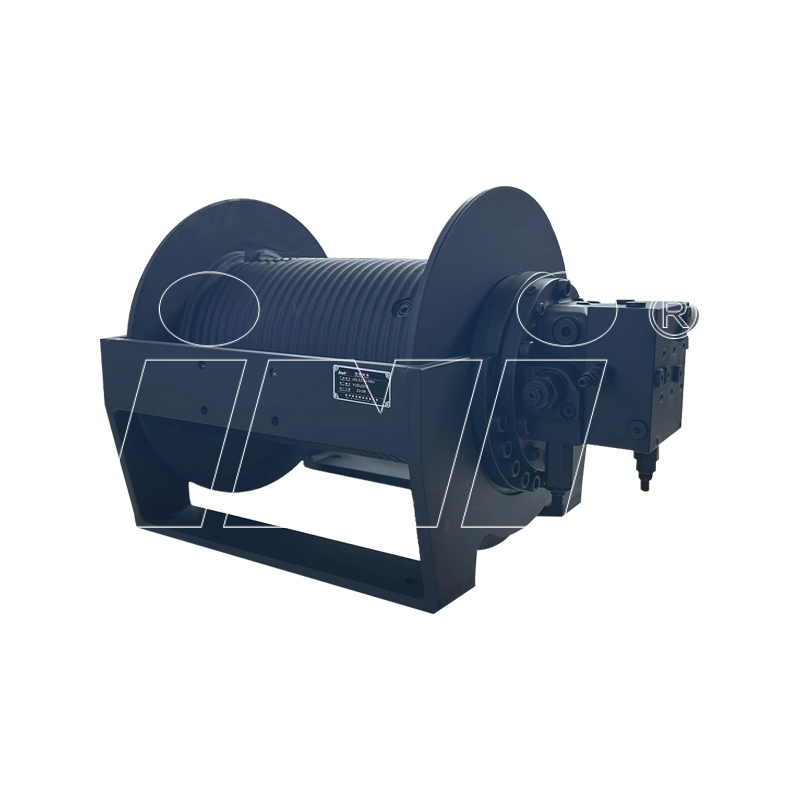
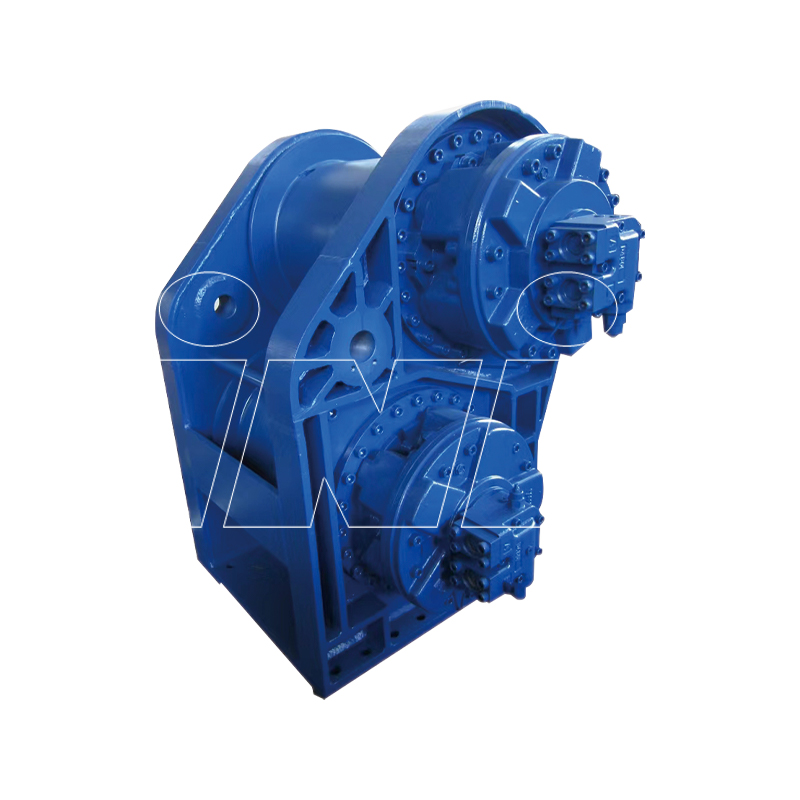

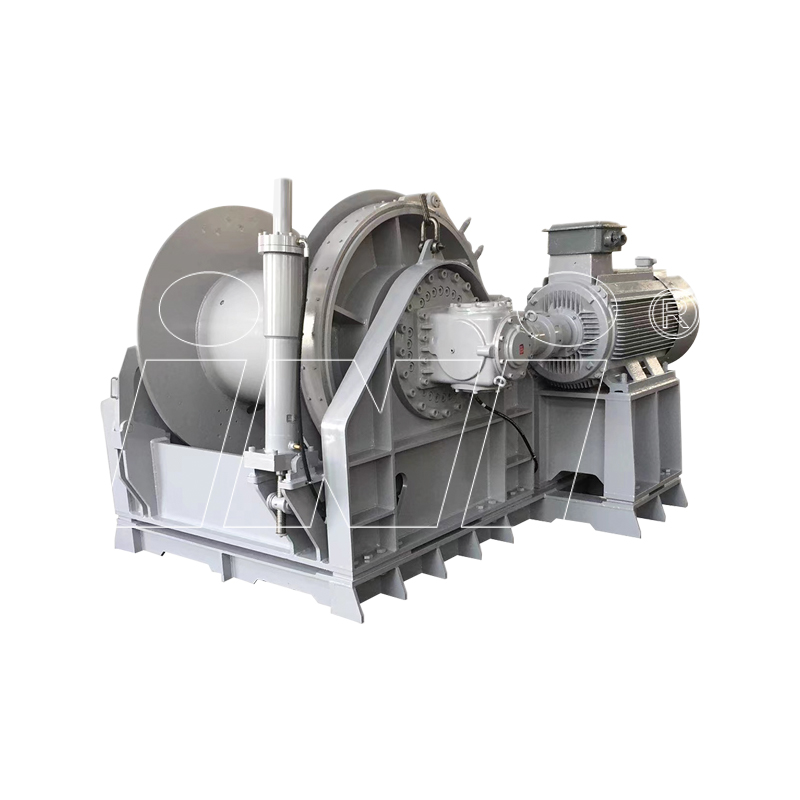





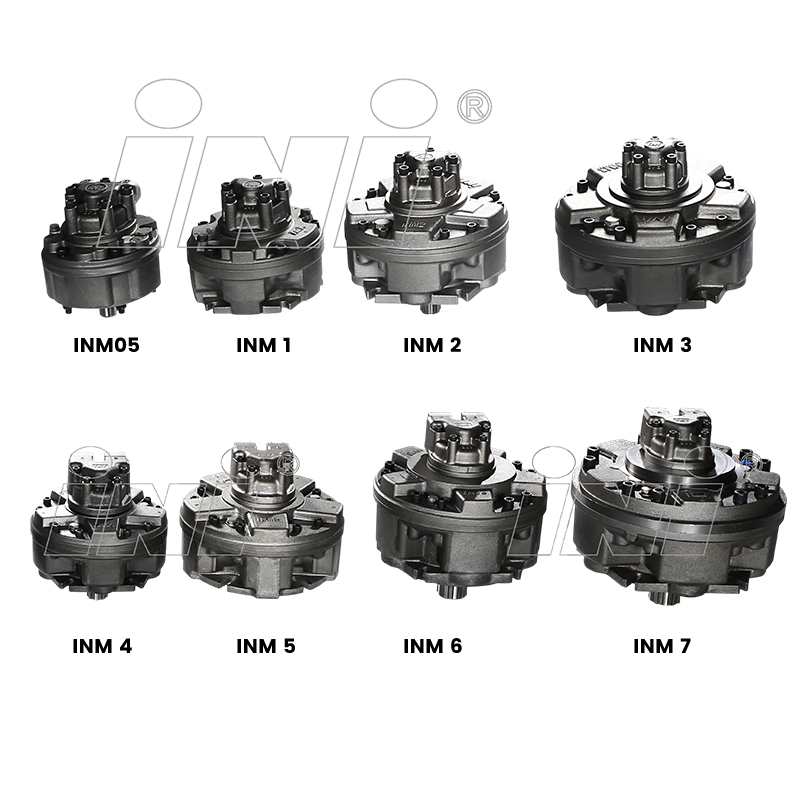

 English
English русский
русский Español
Español
 TOP
TOP